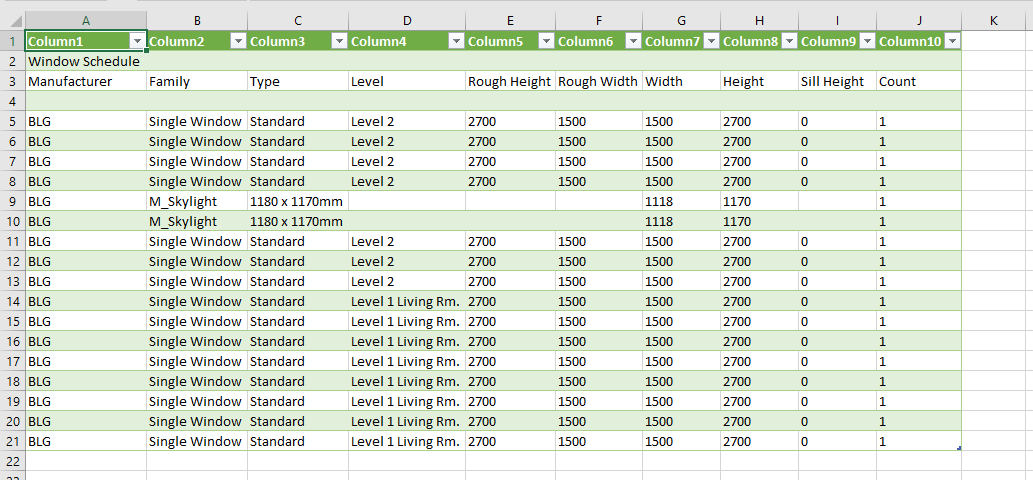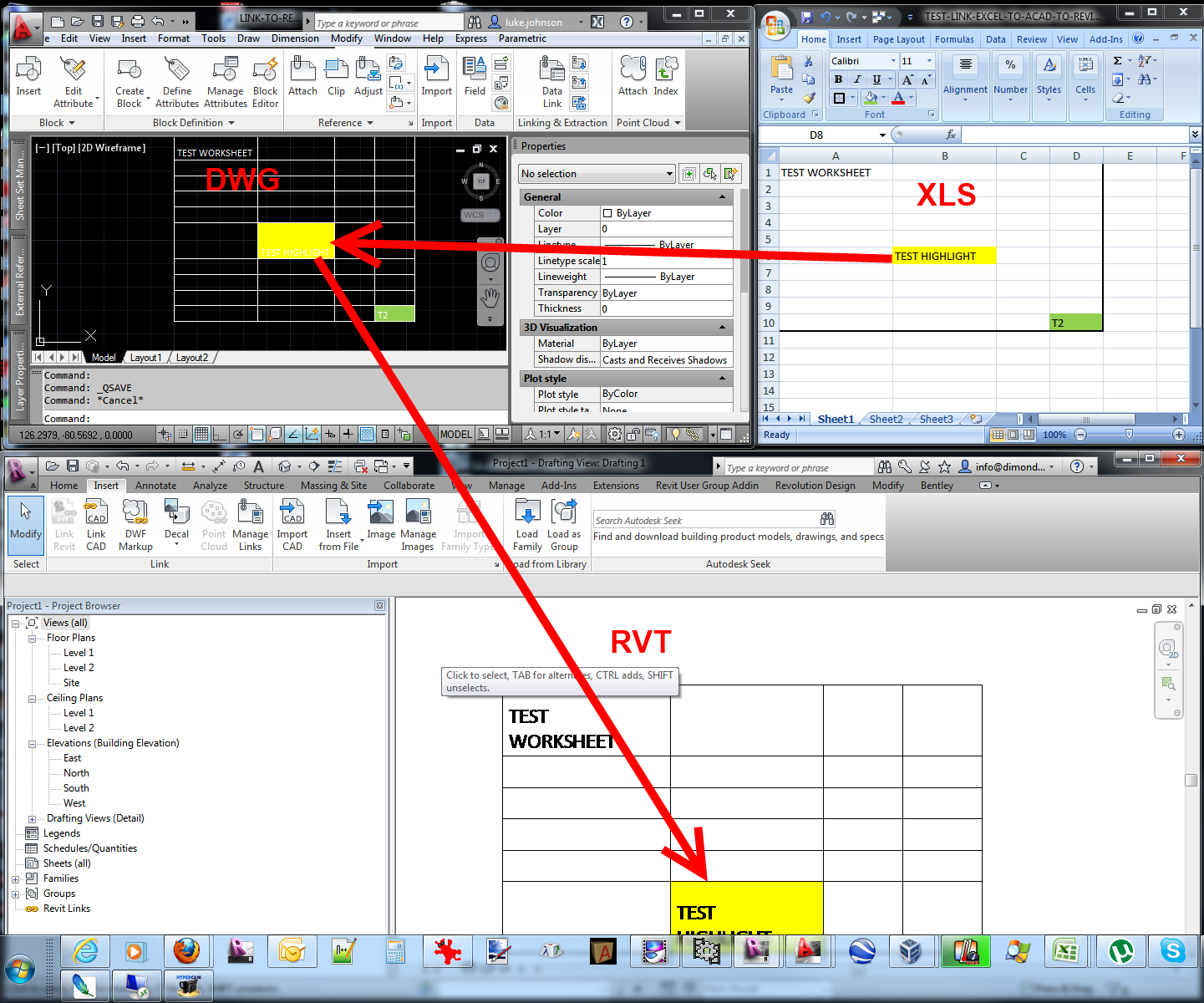Seamlessly Import Excel into Revit: Boost Your Effectiveness
Wiki Article
Understanding the Art of Data Combination: Just How to Seamlessly Import Excel Info Into Revit
Are you battling to import Excel files into Revit smoothly? Look no more! In this short article, we will certainly guide you through the procedure of understanding the art of information integration. Discover the value of smooth assimilation in Revit and explore the Excel data format for Revit combination. Prepare yourself to prepare your Excel information effortlessly and follow our step-by-step guide to import data right into Revit. With our ideal techniques, you'll achieve information combination success in no time at all. Allow's start!Comprehending the Value of Information Combination in Revit
Comprehending the significance of data combination in Revit is vital for smooth importing of Excel data. When you incorporate data from Excel into Revit, it allows you to efficiently upgrade and take care of information throughout the whole task. This combination guarantees that your design and construction procedure is precise and up-to-date.By incorporating information, you can quickly import and update specifications, timetables, and even geometry in Revit. This removes the requirement for manual data entry, saving you time and lowering the danger of errors. With Revit's data combination capabilities, you can maintain consistency and precision in your task, while additionally boosting cooperation among staff member.

Exploring the Excel File Format for Revit Integration

In order to successfully incorporate Excel files into Revit, it is vital to guarantee that the data is formatted properly. This includes appropriately classifying columns and rows, as well as structuring the information in such a way that is compatible with Revit's information schema. Revit utilizes specific criteria and categories to arrange data, so it is necessary to straighten the Excel data with these parameters to make sure a smooth integration.
Furthermore, it is very important to note that Revit just supports certain data kinds when importing from Excel. These include message, numbers, and days. Any kind of various other information types, such as formulas or conditional format, will not be identified by Revit and may create problems throughout the assimilation procedure.
Preparing Your Excel Information for Seamless Import Into Revit
To guarantee a smooth integration procedure, you'll require to properly style and label the columns and rows in your Excel information before importing it into Revit. Start by examining your Excel information and recognizing which columns and rows consist of relevant info for your Revit job.Next, make sure that the data in each column is properly formatted. If you have a column for dimensions, make sure that all dimensions are continually formatted in the exact same devices of measurement. Revit depends on constant format to precisely interpret and import data.
Additionally, it is essential to check for any vacant cells or variances in your data. Revit may not be able to check out or import data from cells that are vacant or consist of errors. Consequently, it is suggested to review your Excel information and clean up any kind of variances before importing it right into Revit.
Step-By-Step Overview to Importing Excel Files Into Revit
When you have actually correctly formatted and classified your Excel data, you can conveniently import it into Revit by following this detailed guide. To start, open Revit and navigate to the "Insert" tab. revit tool.Next, a dialog box will show up, permitting you to personalize the import settings. Below, you can pick the worksheet you want to import, define the variety of cells to import, and pick the proper units for your data. As soon as you've made your selections, click "OK" to continue.
Revit will certainly now present a preview of your Excel information. Take a minute to make sure and examine the preview that whatever looks correct. If required, you can make changes to the import settings by clicking the Check Out Your URL "Settings" button.
Ideal Practices for Information Assimilation Success in Revit
See to it you adhere to these finest techniques to make sure effective assimilation of data in Revit. It is critical to arrange your data in Excel before importing it into Revit. This implies making certain constant calling conventions, correct format, and accurate data representation. Next off, make use of Revit's integrated tools for information mapping. This will enable you to match the columns in your Excel documents with the equivalent parameters in Revit. Be conscious of the data and systems types when mapping the data, as any disparities can cause errors in the assimilation process.One more important practice is to regularly validate and upgrade your information. Additionally, Going Here make use of data validation tools within Revit to recognize any type of mistakes or variances in the incorporated information.
Lastly, it is advised to establish a clear workflow for information combination. This consists of specifying functions and duties, establishing an interaction network between staff member, and developing a normal tempo for data updates and testimonials. By following these ideal practices, you can ensure a smooth and effective integration of data in Revit, ultimately enhancing the efficiency and accuracy of your job.
Conclusion
In conclusion, grasping the art of information integration is essential for smooth import of Excel submits into Revit. Comprehending the relevance of information combination in Revit is the initial step in the direction of effective combination.When importing information from Excel into Revit, it is important to comprehend the data layout and how it can impact go right here the integration procedure (revit tools). Revit uses particular parameters and groups to arrange information, so it is essential to straighten the Excel information with these specifications to make certain a seamless assimilation
Be mindful of the information and devices kinds when mapping the information, as any type of inconsistencies can lead to errors in the assimilation procedure.
Furthermore, make usage of information validation tools within Revit to identify any mistakes or incongruities in the integrated data.

Report this wiki page